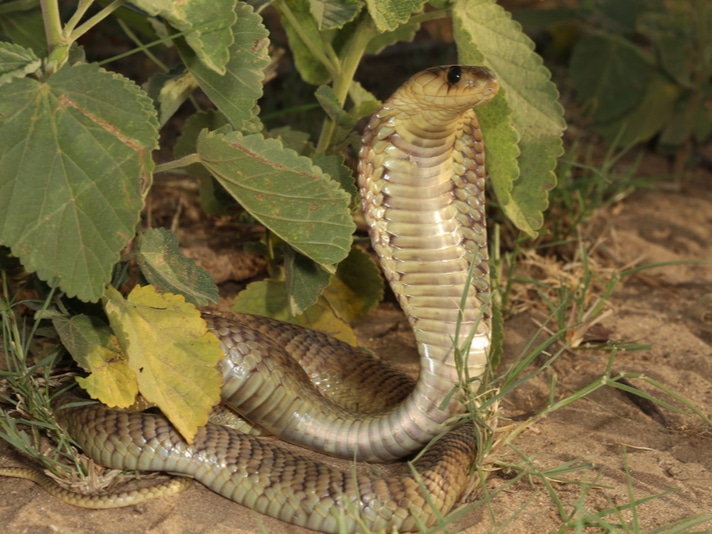The scientists are looking for an antivenin that is less costly than traditional antivenins and have greater efficacy against more species of venomous snakes.
An international group of scientists have developed a venomous snake antivenin (or antivenom) that could reduce the number of snakebite deaths in sub-Saharan Africa using antibodies from alpacas, South American Camelid mammals that are related to llamas.
The scientists are looking for an antivenin that is less costly than traditional antivenins and have greater efficacy against more species of venomous snakes. They immunized an alpaca and a llama with the venoms of 18 venomous snake species, including cobras, mambas and rinkhals. This enabled them to create phage display libraries and also gave the the capability to identify “high-affinity broadly neutralizing nanobodies.”
The scientists then combined 8 of the nanoboidies in what is called an oligoclonal mixture, or slightly different but related antibodies that resulted in an experimental polyvalent recombinant antivenin.

The Egyptian cobra is also known as the snouted cobra. Photo by NickEvansKZN/Shuttertstock
This antivenin, the scientists say in their paper, successfully neutralized seven toxin families or subfamilies. It prevented venom-induced lethality in vivo across 17 elapid snake species. It also reduced venom-induced “dermonecrosis for all tested cytotoxic venoms,” the researchers wrote. It was so successful, the researchers noted, that it performed better than currently used plasma-derived antivenom.
The researchers believe that an antivenin can be derived from their research that will provide comprehensive, continent wide protection against snake bites of all African venomous snakes.
The complete paper, “Nanobody-based recombinant antivenom for cobra, mamba and rinkhals bites,” can be read on the Nature Journal website.



